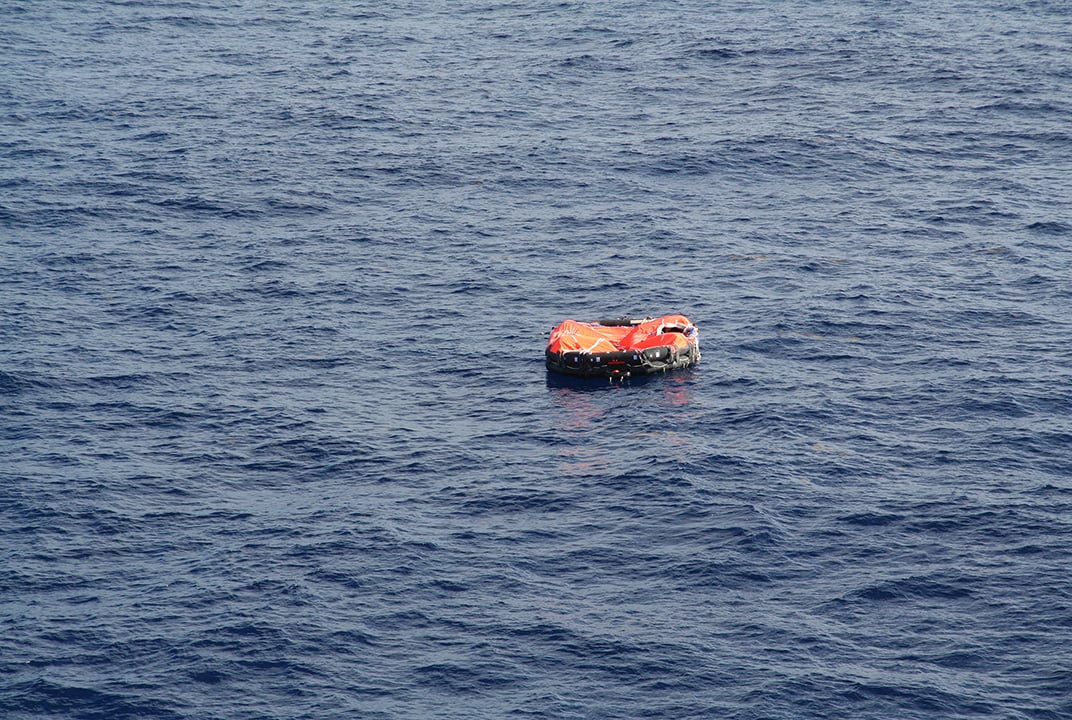New video captures the lifeline Inmarsat provides when disaster strikes
Inmarsat is relied on for satellite communications by the international first responder community in the event of a major emergency.
When disaster strikes, immediate and co-ordinated action is key to ensuring teams are equipped and in position to deliver humanitarian aid effectively.
To demonstrate how Inmarsat’s satellite network facilitates crucial aid operations, the Global Government business unit has produced a video called Ops Room – Disaster Response to depict a likely scenario.
Situational awareness
Cue a magnitude 8.1 earthquake – power is out and terrestrial communication networks are down. How can first responders to the scene co-ordinate a rescue operation?
“The video shows how the complete suite of Inmarsat services can be used to aid governments in gathering situational awareness and allowing them make effective operational decisions,” said Diana Minglis, Marketing Director, Inmarsat Global Government.
“We also use it as a way to show the different applications and solutions that can be used over the network to assist in this capability.”
Remote telemedicine
The video is also available in Spanish, Portuguese and Arabic language versions.
Inmarsat solutions include real-time remote telemedicine via BGAN, live aircraft surveillance over SwiftBroadband, beyond-line-of-sight L-TAC communications for military teams on the ground, and GPS data for search-and-rescue coastguard missions using FleetBroadband.
Relied upon by governments and NGOs such as Télécoms Sans Frontières, Inmarsat is proud to be able to provide a mobile satellite communications lifeline from the moment disaster strikes and beyond – helping to rebuild devastated communities and regions long after the event.

